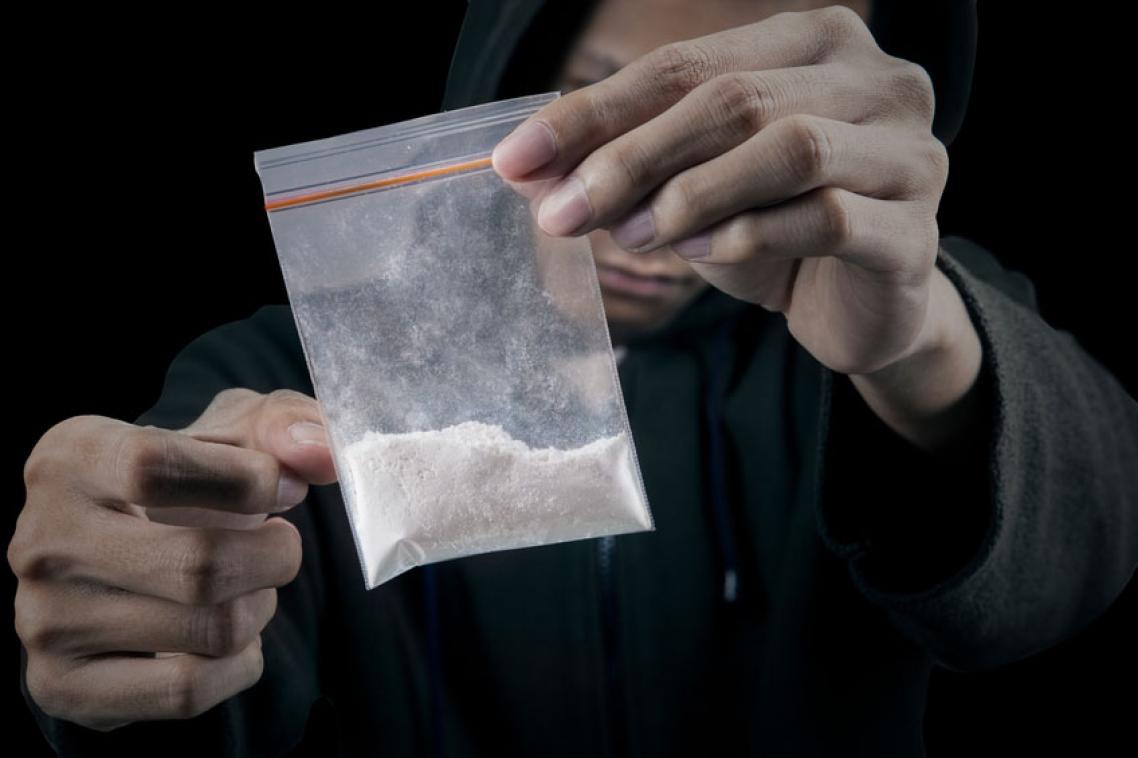Exercise could help rehabilitate meth addicts

Exercise coupled with controlled methamphetamine use prior to withdrawal could be a powerful new tool to treat “meth” addiction.
University of Queensland researcher Dr Oliver Rawashdeh, from the School of Biomedical Sciences, made the findings in a pre-clinical study at the University at Buffalo - Jacobs School of Medicine and Biomedical Sciences.
Dr Rawashdeh said the experiments showed it could be possible to use methamphetamine itself to treat addiction by conditioning drug usage with a non-harmful stimulus – in this case exercise.
“Methamphetamine users have highly disrupted circadian rhythms, particularly the body’s 24-hour sleep/wake pattern,” Dr Rawashdeh said.
“Without stable and synchronised sleep rhythms, users suffer from disturbances in mood and depression, a key reason we believe they become addicted and relapse after treatment.”
Dr Rawashdeh and Dr Shannon Clough collaborated with Professor Randall Hudson and Professor Margarita Dubocovich in the research.
Professor Dubocovich said meth users lived in a state akin to constant jet-lag.
“This increases their craving for the drug,” she said.
“Research shows that the success of rehabilitation and prevention of relapse is linked to the degree to which an addict’s body clock is disturbed.”
Dr Rawashdeh said that by pairing the stimulus causing the addiction with another stimulus, in this case physical activity, a new biological clock was activated and the body’s sleep/wake cycles were re-established.
“Exercise targets the same reward centre in the brain as the drug so we paired the two together,” he said.
“By doing this the brain is able to transfer the euphoric characteristics associated with the drug to a healthy stimulus – exercise – according to the principles of classical conditioning.
“It took just two weeks to regenerate a stable sleep/wake rhythm in animal models, and the pattern continued when the drug was stopped.”
Dr Rawashdeh said the treatment appeared to activate a new brain clock that rescued and restored circadian rhythms.
“Our results show it is possible to reinstate a rhythm, and if this can eventually be replicated in people it may accelerate the effectiveness of drug rehabilitation programs and reduce the likelihood of relapse.”
The research is published in the FASEB Journal.
Dr Rawashdeh will continue his work from The University of Queensland and is open to collaboration with researchers in clinical or addiction fields to help translate the findings to clinical treatment.
Media: Dr Oliver Rawashdeh, +61 7 3365 2706; Bernadette O’Connor, bernadette.oconnor@uq.edu.au, +61 7 3365 5118, 0431 533 209.
Topics
Related articles

Australia needs doctors – so why are hundreds of qualified international physicians unable to work?

Greater attention needed on community service workforce
Media contact
UQ Communications
communications@uq.edu.au
+61 429 056 139
